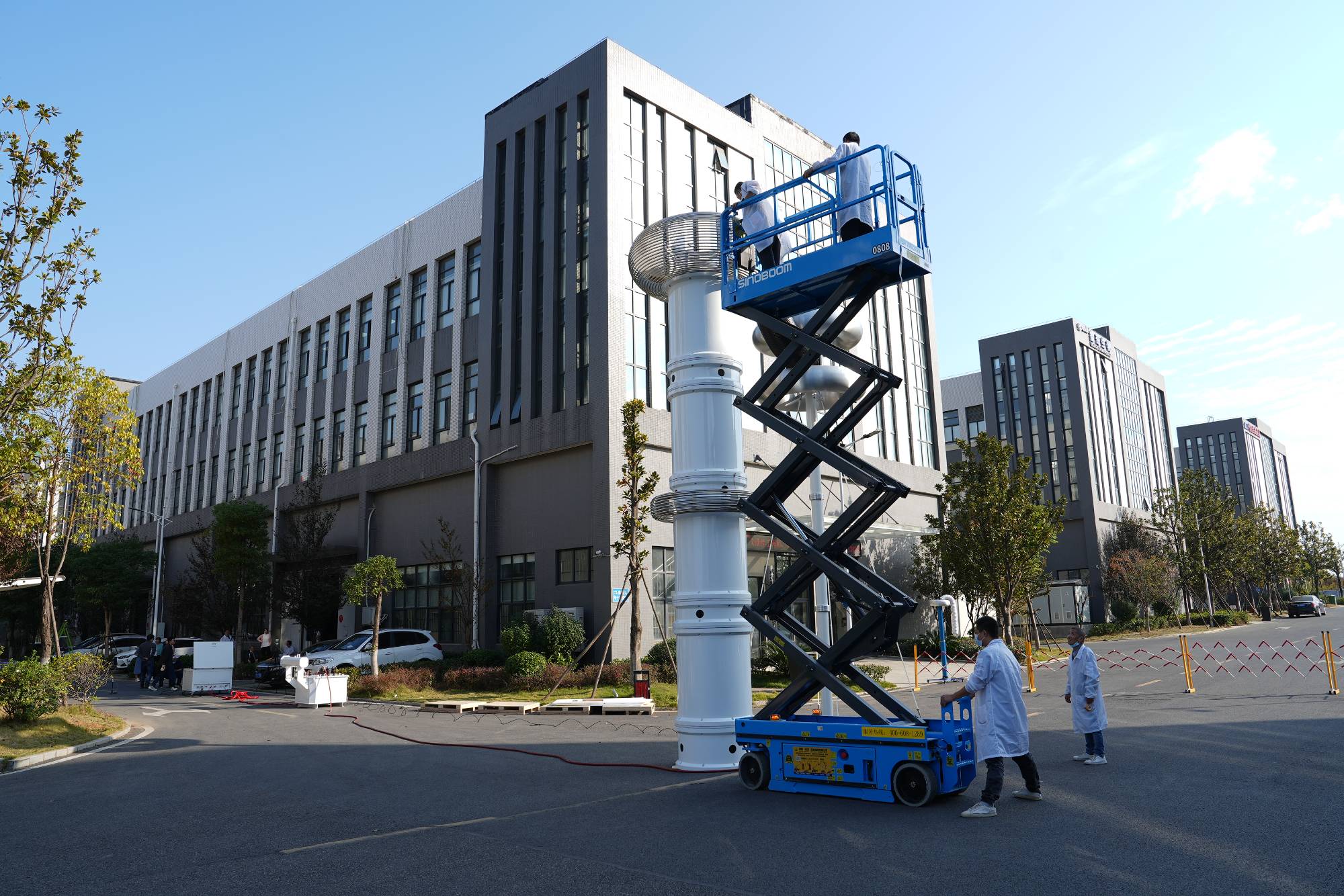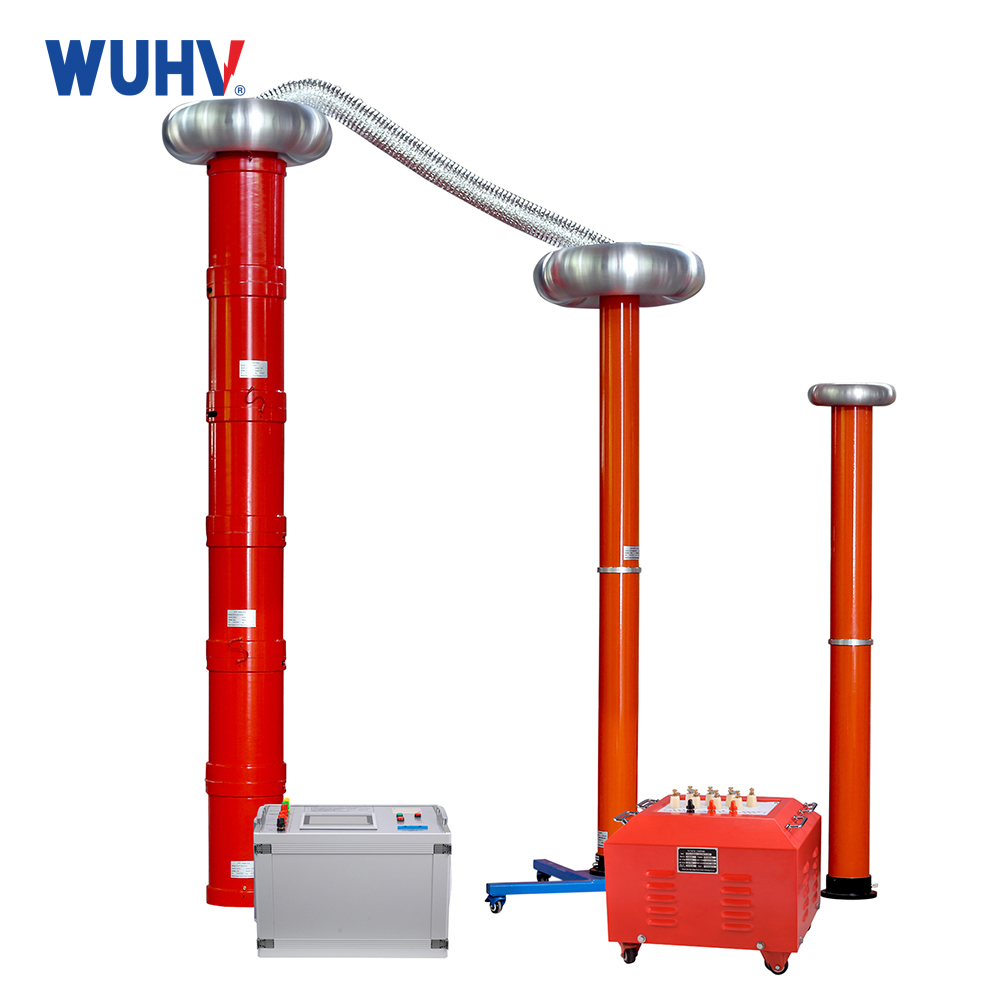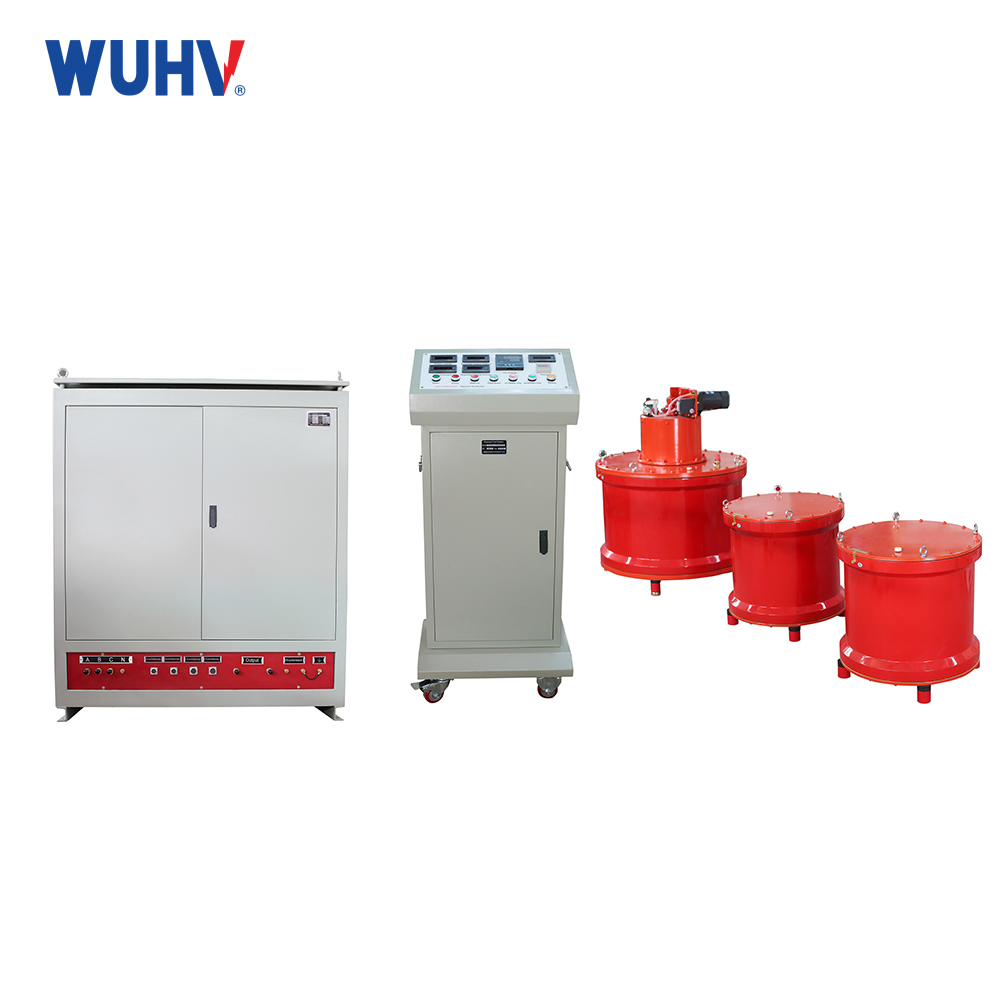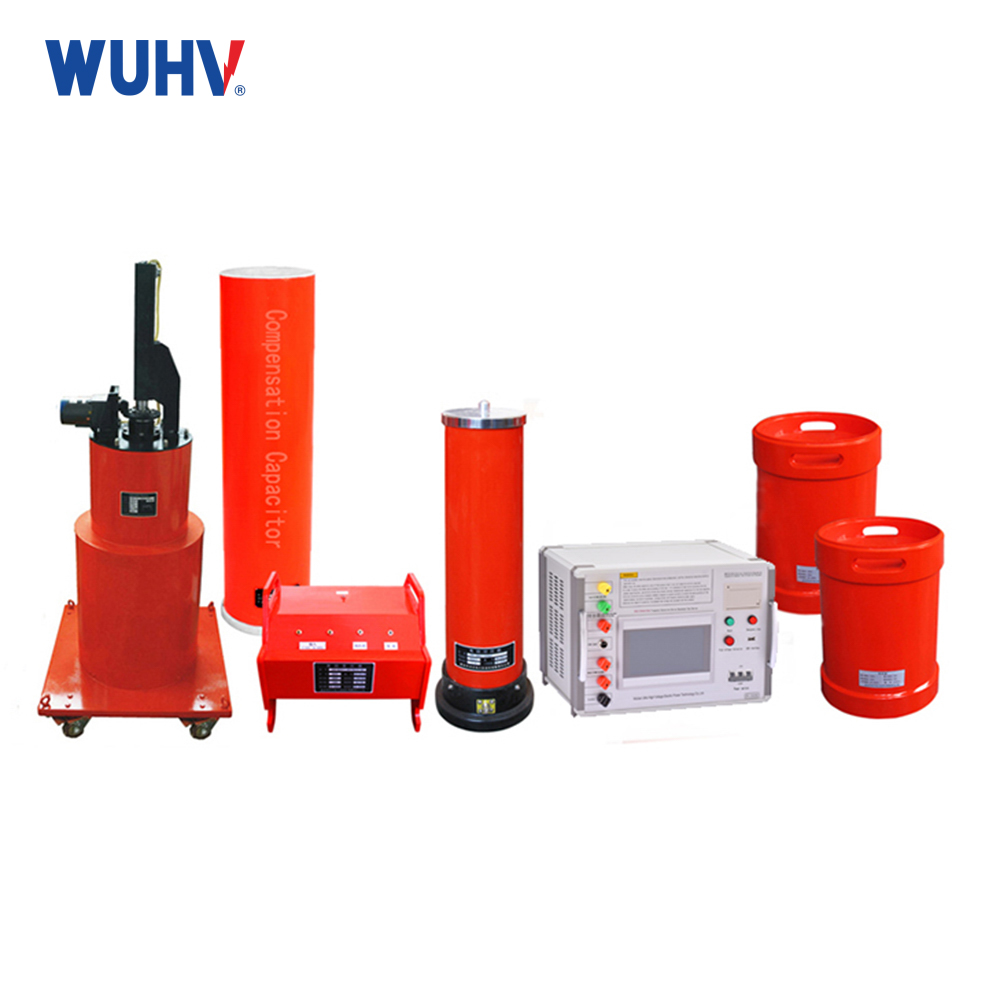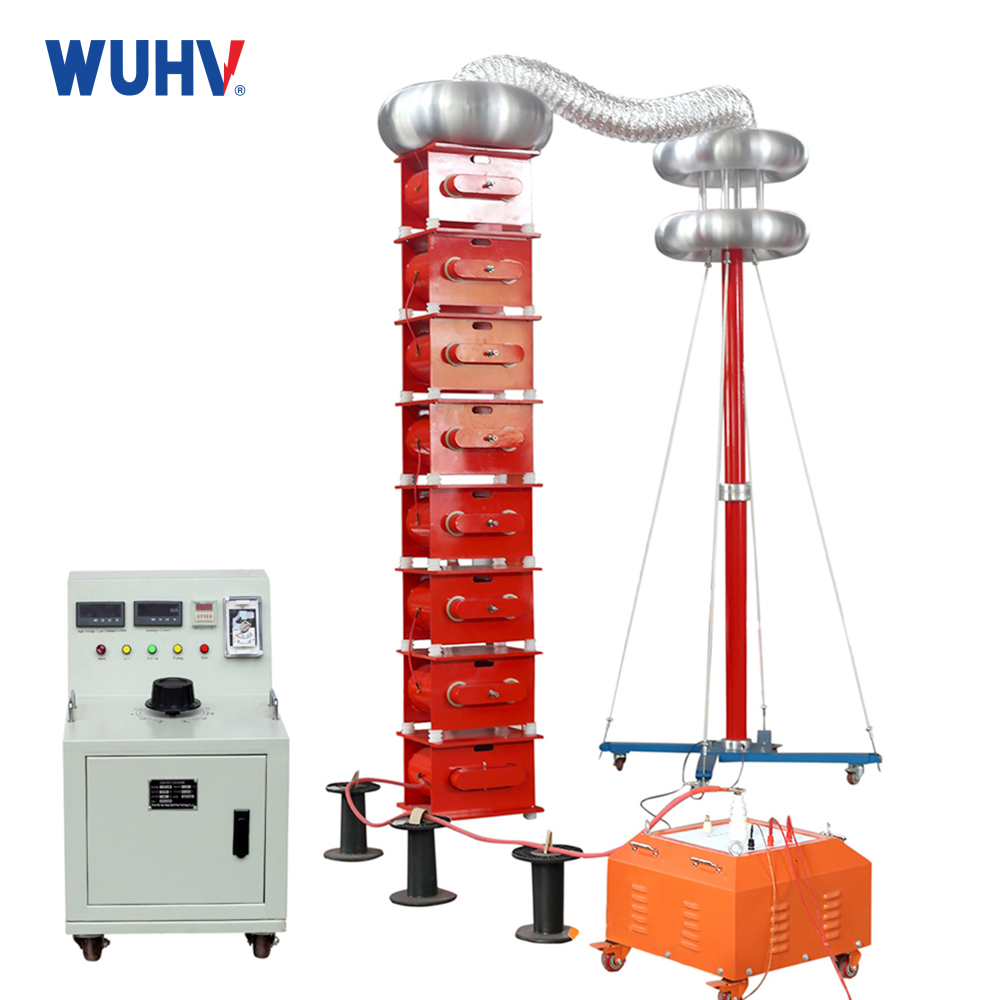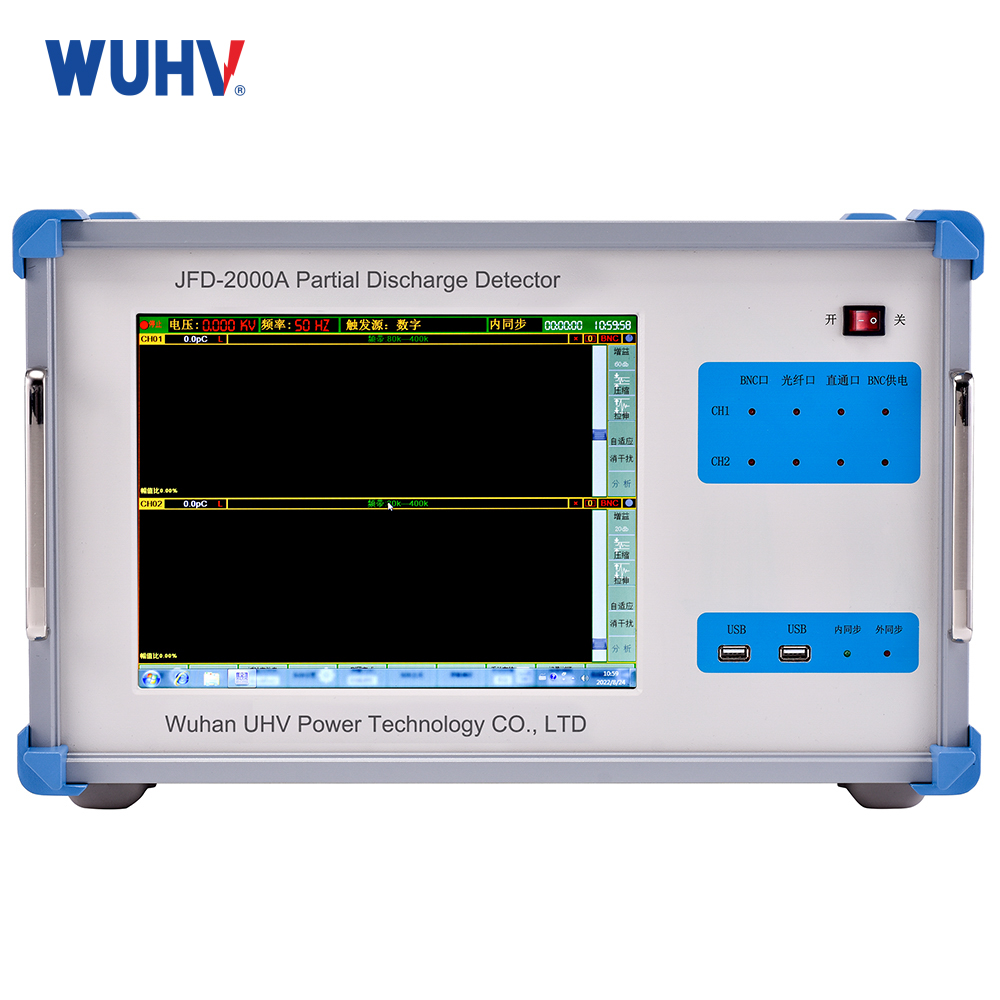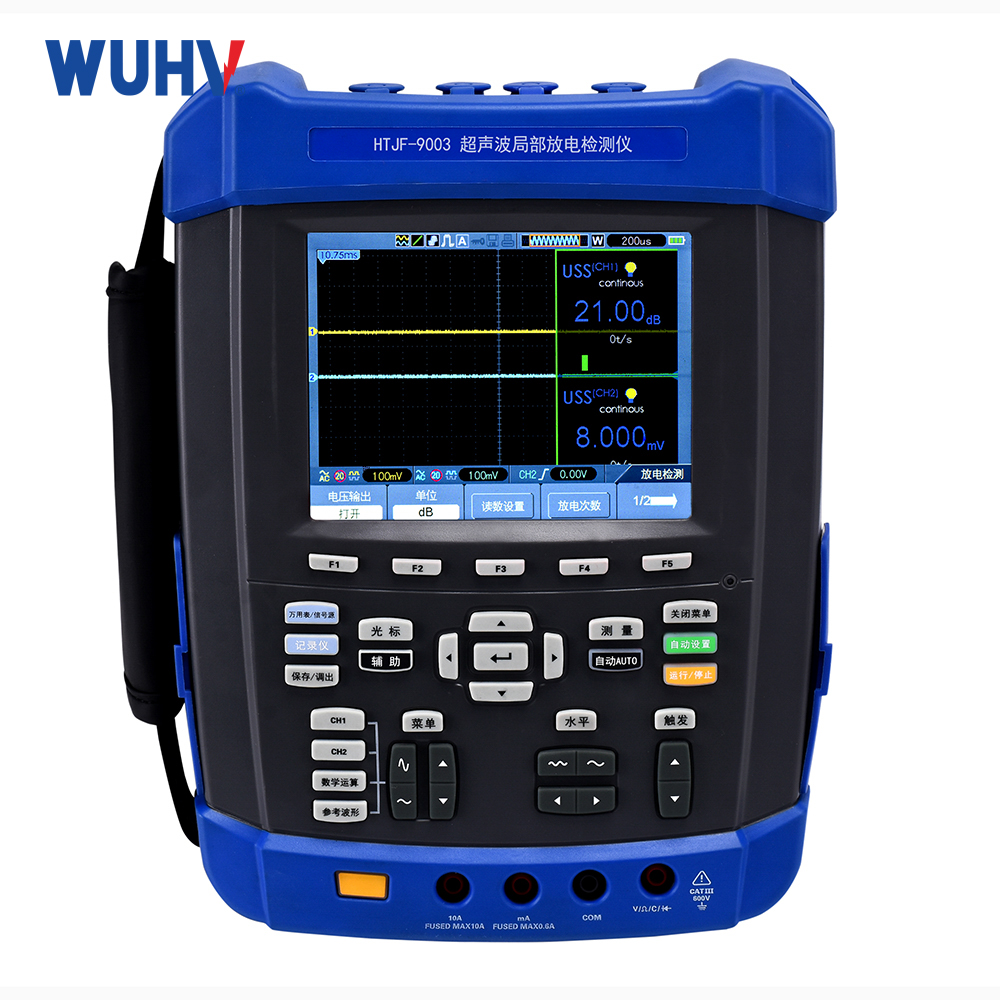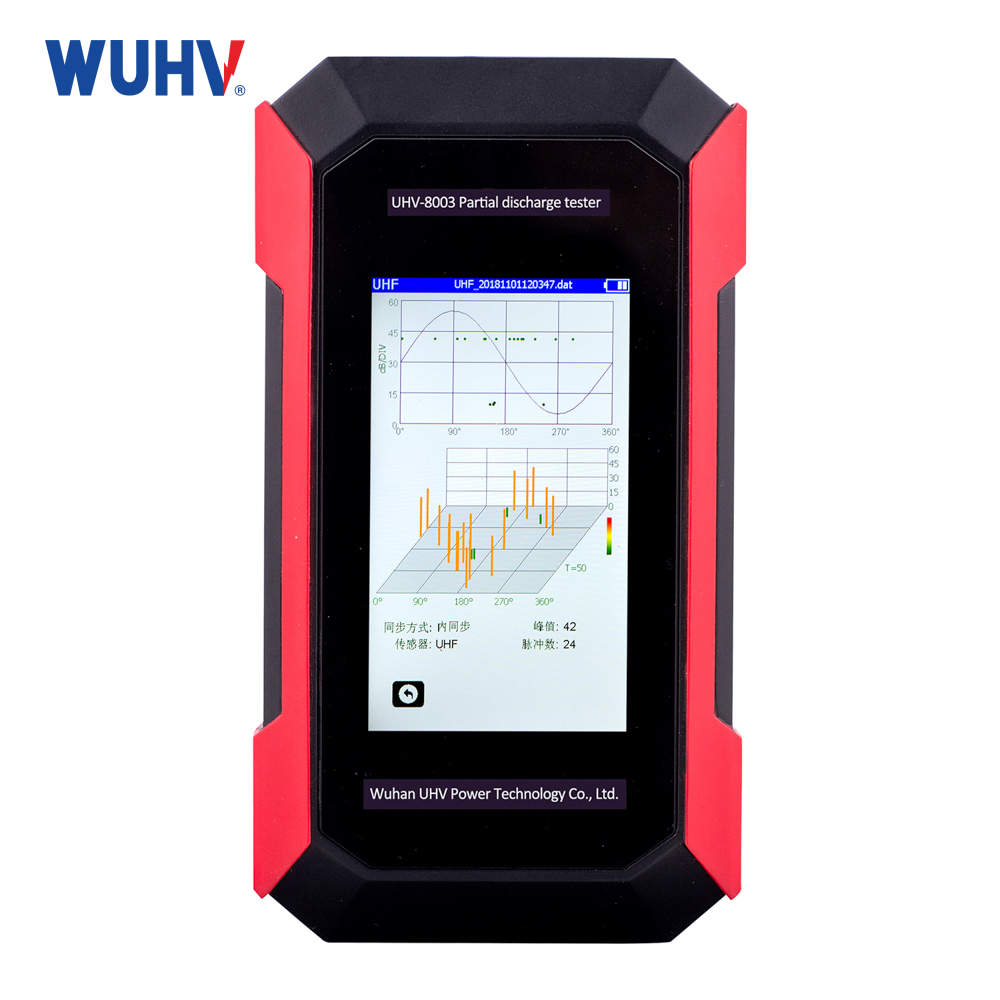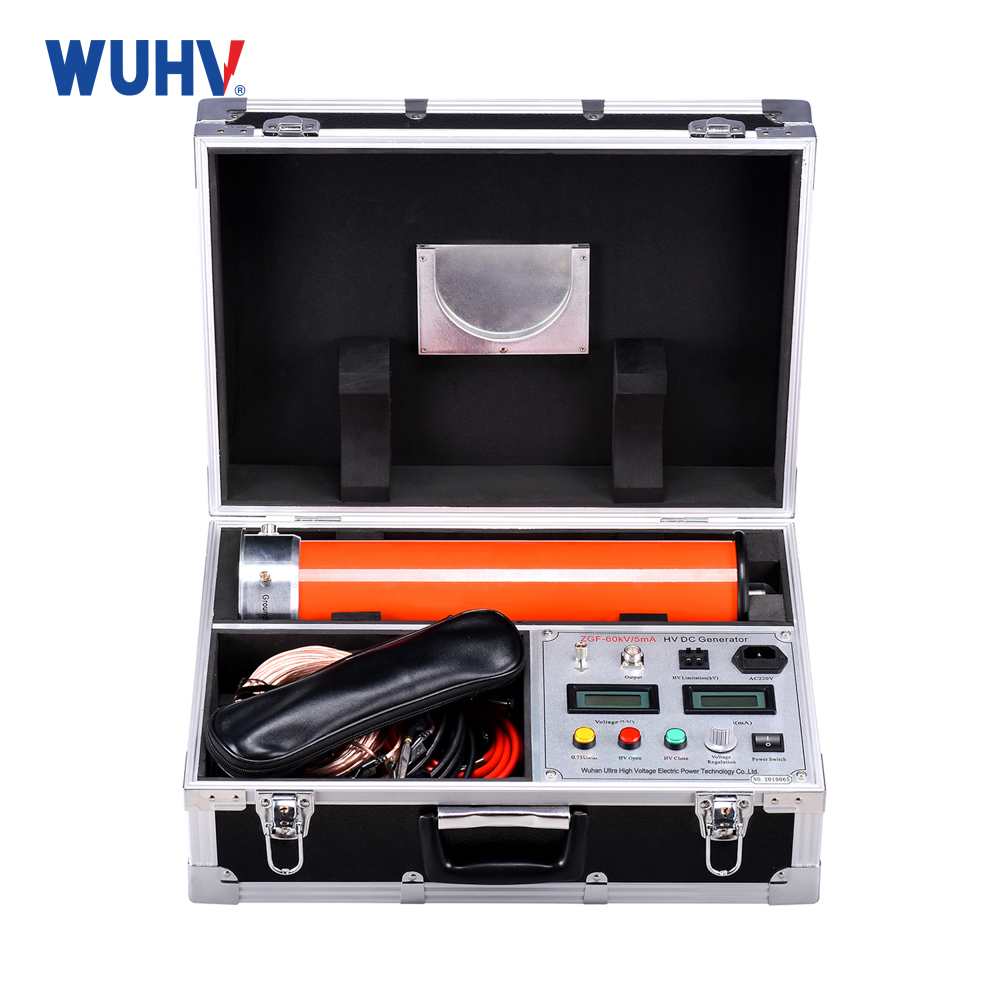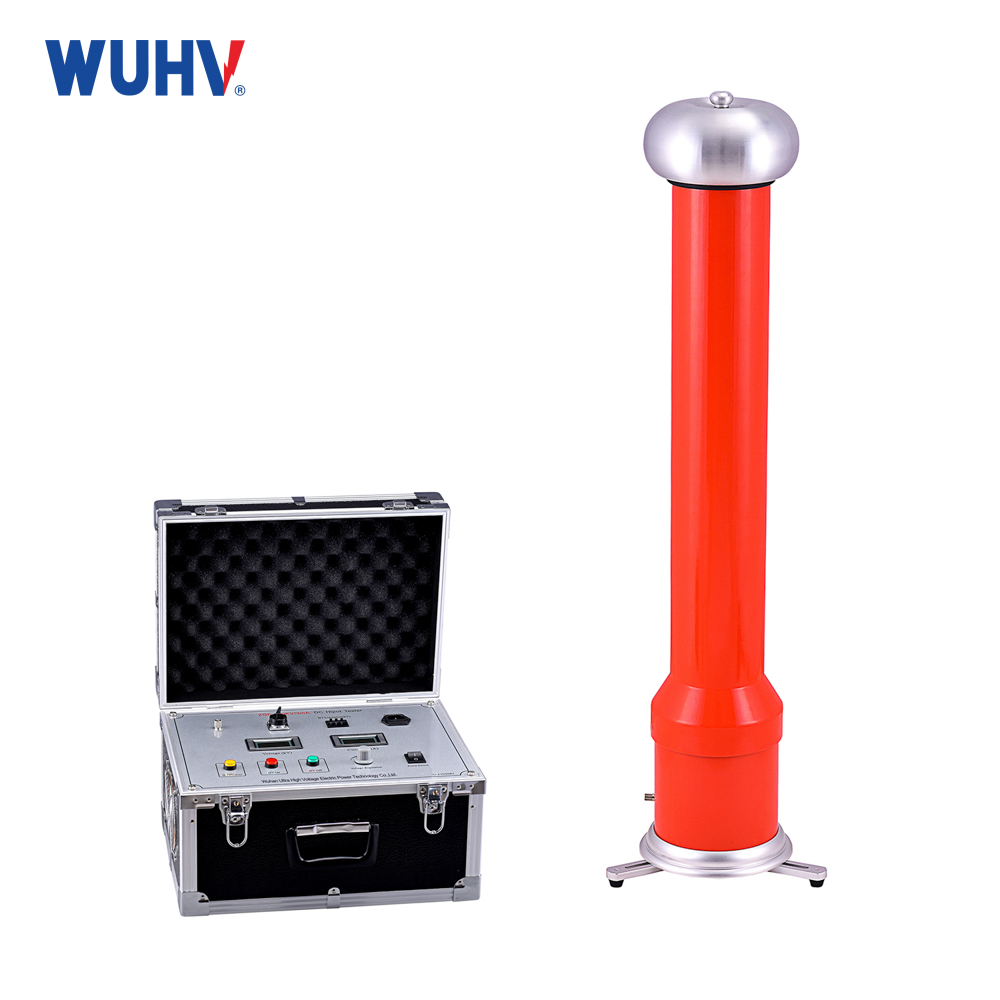The difference betweenseries resonance (also known as variable frequency resonance)and parallel resonance:
Difference 1: Different load resonance modes.
The load resonance modes of series resonance and parallel resonance can be divided into two types: series inverters and parallel inverters. The difference between these two types lies in their technical characteristics and oscillation circuits. Series inverters use L, R, and C in series, while parallel inverters use L, R, and C in parallel. The impedance rates of these two types of load circuits to the power supply are also different. Series inverters have low impedance, while parallel inverters have high impedance; When the series inverter has low impedance, a voltage source is required for power supply, which leads to the need to connect a large filtering capacitor to the rectified and filtered DC power supply terminal. When the inverter fails, it will cause an increase in surge current, making protection difficult; When the parallel inverter has high impedance, it is required to be powered by a current source, which requires a large reactor to be connected in series at the end of the DC power supply. However, this makes it easier to protect in the event of inverter failure because the current is limited by the large reactance and the impact is not significant.
Difference 2: The input method and power supply method are different.
The input of a series inverter is a constant voltage, powered by a constant voltage source, while the input of a parallel inverter is a constant current, powered by a constant current source. When the input voltage of a series inverter is constant, the phenomenon is that the output current is close to a sine wave, the output voltage is a rectangular wave, and the current always leads the voltage by one angle. The reason is that the current on the thyristor crosses zero before commutation. The phenomenon when the input current of a parallel inverter is constant: the output current is a rectangular wave. The output voltage is close to a sine wave, and the load current always precedes the voltage by an angle of one degree. The reason is that the resonant capacitor undergoes commutation before the voltage crosses zero, and both operate in a capacitive load state.
The series inverter provides constant power supply. When switching, it is necessary to ensure that it is turned off first. Reopen to avoid power short circuit caused by the conduction of the upper and lower bridge arm thyristors of the inverter. That is to say, there needs to be a period of time (t) for all thyristors and other power electronic devices to remain in an off state. At this time, the induced potential on the lead inductance from the DC terminal to the device is collectively referred to as stray inductance, which may damage the device. Therefore, it is necessary to choose a suitable surge voltage absorption circuit for the device. To avoid the influence of high voltage on the converter capacitor on the thyristor. In order to ensure the continuity of the load current during the shutdown state. Fast diodes must be anti parallel connected at both ends of the thyristor.
Parallel inverters provide constant current power supply. During commutation, the upper and lower bridge arm thyristors of the inverter must ensure that they are turned on first and then turned off. This means that all thyristors need to be in a conducting state during commutation to ensure that a large induced potential is generated on the filtering reactance Ld, and the current must be continuous. Due to the large size of Ld, even if the inverter bridge arm is straight through, it will not cause a short circuit in the DC power supply. However, if the commutation time is too long, it will lead to a decrease in system efficiency. Therefore, it is necessary to shorten ty, that is, to reduce the value of Lk.


